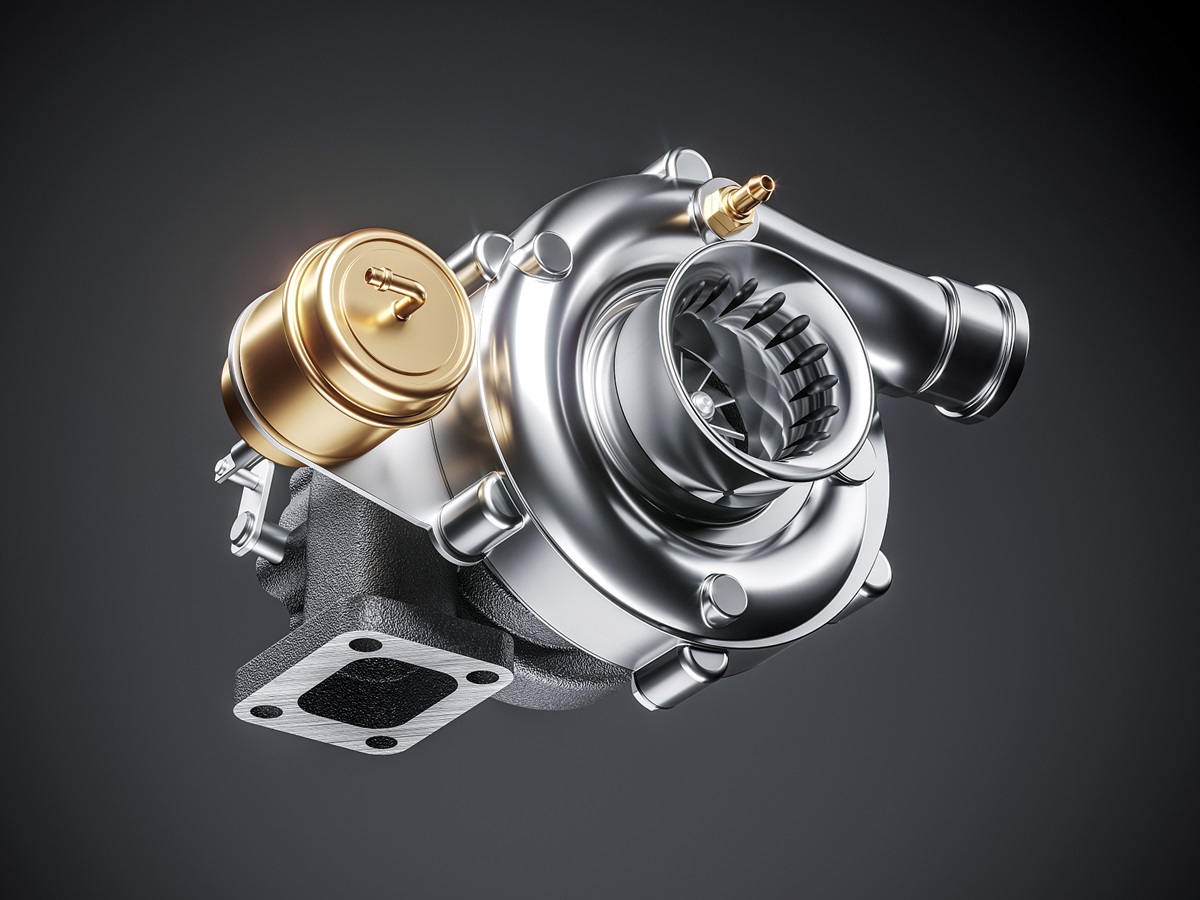+86-18112348562
Please Choose Your Language
Views: 0 Author: Site Editor Publish Time: 2025-06-24 Origin: Site









Superchargers and turbochargers both aim to boost an engine's performance by forcing more air into the combustion chamber, but they have several key differences. Here's a breakdown:
It is mechanically driven by the engine itself, typically via a belt, chain, or gear drive connected to the engine's crankshaft. As the engine spins the crankshaft, the supercharger is also driven, compressing air and forcing it into the engine. This direct connection means that the supercharger's performance is directly tied to the engine's speed.
It is powered by exhaust gases from the engine. The hot, high - velocity exhaust gases flow through a turbine, which is connected by a shaft to a compressor on the other side. As the turbine spins, it drives the compressor, which then compresses the incoming air. So, a turbocharger relies on the engine's exhaust energy rather than a direct mechanical link to the crankshaft.
Since it is directly driven by the engine, a supercharger provides immediate boost as soon as the engine starts to turn. There is no significant lag in power delivery, offering a linear increase in power as engine RPMs rise. This makes the vehicle feel more responsive and provides a consistent power boost throughout the RPM range.
Turbochargers often experience what is known as "turbo lag." This occurs because it takes time for the exhaust gases to build up enough energy to spin the turbine and start compressing the air effectively. At low engine RPMs, there may not be enough exhaust flow to drive the turbo at high speeds, resulting in a delay before the boost kicks in. Once the turbo spools up, however, it can deliver a significant power increase. Modern turbochargers have made significant improvements in reducing lag, but it is still a characteristic associated with them.
Because it is mechanically driven by the engine, a supercharger consumes some of the engine's power to operate. This means that it can have a negative impact on fuel efficiency, as the engine has to work harder to turn the supercharger. However, the immediate power delivery can be beneficial in certain driving situations.
Turbochargers are generally more fuel - efficient than superchargers in many cases. Since they use waste exhaust energy to generate boost, they don't directly sap power from the engine's output. By recycling the energy that would otherwise be wasted in the exhaust, turbochargers can help improve the overall efficiency of the engine, especially during cruising and partial - load conditions.
Supercharger systems are relatively straightforward to install. They typically involve mounting the supercharger unit, connecting it to the engine's crankshaft with a belt or other drive mechanism, and making the necessary air intake and plumbing connections. The installation process may be less complex compared to turbochargers, especially in some cases where the engine bay layout is more restrictive.
Turbocharger installations can be more complex due to the need to integrate the exhaust - driven turbine and the associated plumbing for both the exhaust gases and the compressed air. Additionally, turbocharged engines often require more sophisticated engine management systems to handle the increased boost pressure and manage fuel delivery accurately, which can add to the complexity of the installation and overall system.
Supercharger kits can vary in price, but generally, they can be relatively expensive, especially high - performance units. However, the installation costs may be somewhat lower due to their simpler design. Maintenance costs can also be a factor, as the mechanical components that connect the supercharger to the engine may require periodic inspection and replacement.
Turbocharger systems can also be costly, especially when considering the need for a comprehensive engine management system upgrade. The cost of turbocharger components, such as the turbine, compressor, and associated plumbing, can add up. Additionally, because of their complexity, repair and maintenance costs for turbocharged engines may be higher if something goes wrong with the turbocharger or related systems.